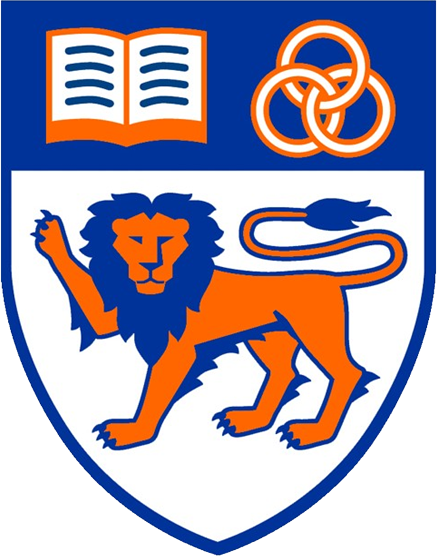Problem A
A+B or A-B?
Alice believes that a friendly mid-term contest should start with an $A+B$ problem. But Bob disagrees. To increase creativity, he thinks an $A-B$ problem should be used instead.
To settle the dispute, the contest organizers have decided to use both problems. Given two integers $A$ and $B$, the contestants are required to output the value of $(A+B) \text { or } (A-B)$, where $\text {or}$ is the bitwise OR operator.
However, Alice still thinks her $A+B$ idea is superior. She decides to design the sample input of the problem so that the sample output is identical to $A+B$, that is, $A$ and $B$ satisfies the equality $(A+B) \text { or } (A-B) = A+B$. Furthermore, her choice of $A$ and $B$ should satisfy $L \leq B \leq A \leq R$ for some given range $[L, R]$.
How many possible choices of the pair $(A, B)$ are there?
For example, if $L = 5$ and $R = 7$, then the possible choices are $(5, 5)$, $(6, 5)$, $(6, 6)$, $(7, 6)$, and $(7, 7)$, for a total of 5 choices.
Input
The only line of input contains two integers $L$ and $R$ $(0 \leq L \leq R \leq 2 \times 10^9)$.
Output
Output a single integer, the number of possible choices of the pair $(A, B)$ such that $L \leq B \leq A \leq R$ and $(A+B) \text { or } (A-B) = A+B$.
| Sample Input 1 | Sample Output 1 |
|---|---|
5 7 |
5 |

